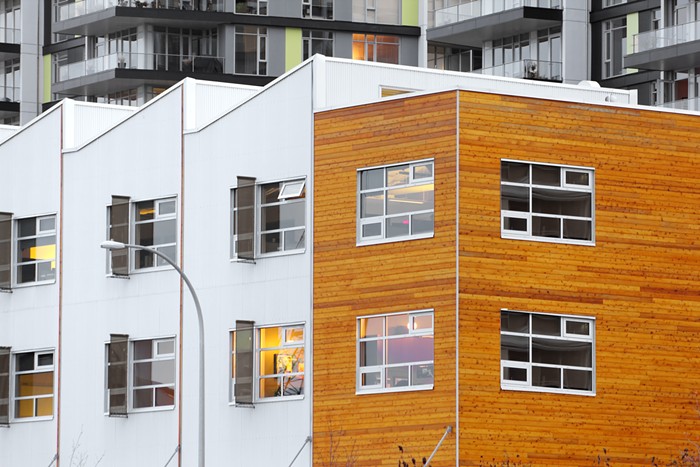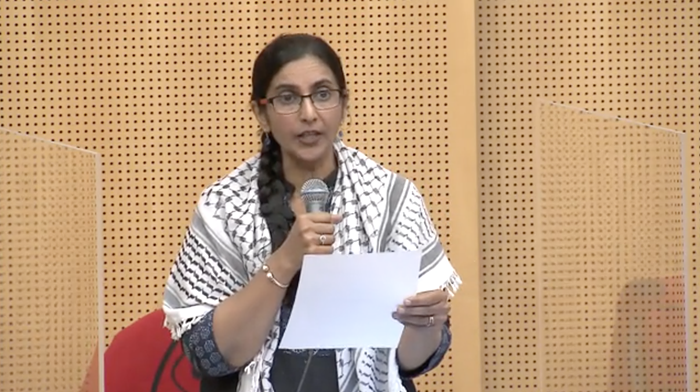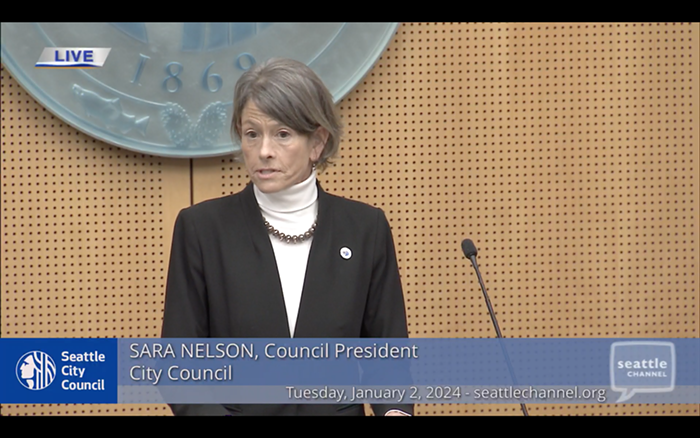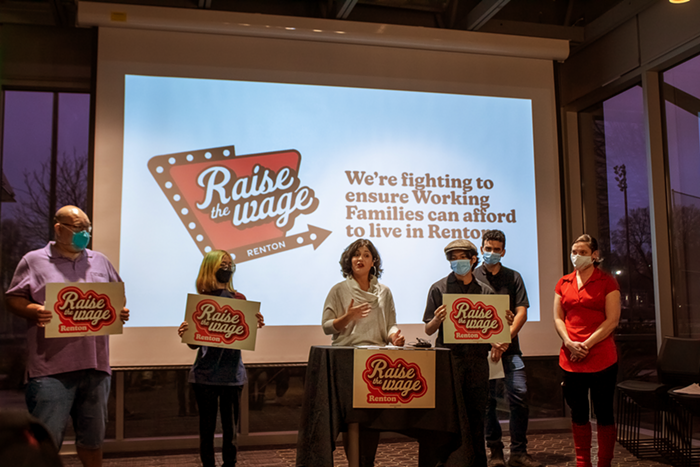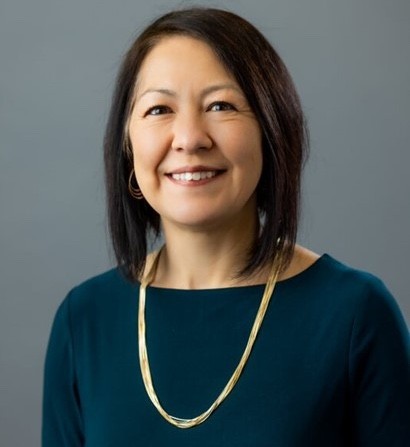
Next year was supposed to be a landmark year for Bumbershoot. Seattle’s municipal music and art festival has lasted for 49 years but now, ten months before its 50th occurrence, the festival is in peril and the city has yet to guarantee that Bumbershoot 2020 will even happen.
AEG, the multinational concert promoter that bailed the festival out five years ago, has decided not to renew their contract with the city, according to Crosscut. That has thrown the publicly-owned festival into uncertainty as the city and Seattle Center scramble to make next year’s festival a reality.
Deborah Daoust, a spokesperson for the city-owned Seattle Center, which has hosted the festival since its inception, said the city is exploring new partnerships to make next year's Bumbershoot a reality.
“The city is dedicated to the success of the annual music festival,” Daoust said in an e-mail. “The City will continue to determine the proper support for the festival and is working through the best path forward.”
Daoust declined to say when the city will know if next year’s festival will happen. Daoust said the city is working with One Reel, a local non-profit that has had an exclusive license to run the festival since 1980, to find a way forward.
“There is urgency amongst all partners to make that determination and there is also universal desire among all stakeholders, including One Reel, for change and revitalization of Bumbershoot,” Daoust said.
AEG did not respond to a request for comment. Marty Griswold, One Reel’s executive director, said in an e-mail that “the festival… will return in 2020 sans AEG.”
“…the city of Seattle and One Reel see opportunities in expanding Bumbershoot’s multigenerational programming and strengthening the festivals’ community reach,” Griswold said. “Together, the two are eager to transition to a future model for Bumbershoot that honors the festival’s rich history and sustains it for our community to enjoy long into the future.”
This isn’t the first time Bumbershoot’s life has been in danger. Bad weather and poor attendance in 2014 put the festival into nearly a million dollars of debt. AEG signed a contract the following year to bail One Reel and the festival out of its debt in exchange for largely taking over the event.
With AEG on board, Bumbershoot continued its upward trajectory of increasing ticket prices. Bumbershoot has historically been an affordable event: It started as a free festival and then steadily increased to about $20 a day in the mid-2000s and $40 a day in 2010. When AEG took over in 2015, tickets cost $65 per day and $150 for a full weekend pass. By 2018, daily tickets went for $130 and a weekend pass was $220.
Attendance suffered as ticket prices have gone up. In 2013, 100,000 people bought tickets. In 2017, attendance dropped to 74,000. Last year, only 48,024 people attended. AEG and One Reel declined to release attendance figures for this year’s festival, but it continued to feel empty compared to years past.
Bumbershoot’s attendance woes are by no means unique in the world of festivals—poor attendance is commonplace and festivals across the country are going out of business. But there is one aspect of Bumbershoot that is wholly unique: It’s publicly owned and there’s a legally binding contract for how the festival is supposed to be run. The city’s defines Bumbershoot’s “essential character” as being “an affordable, moderately priced event, with the goal of making the Festival accessible to the largest possible community.”
Daoust said the city is evaluating how to return the festival to its essential character, which includes affordability as well as appealing to wide age groups, reflecting Seattle’s cultural diversity, including art other than just music, and encouraging the public to get involved through oversight boards, advisory committees, and volunteering.
Teenagers from wealthy families have made up an increasingly large share of the festival’s attendance in recent years, as they seem to be the only Seattleites who can afford the steep ticket price. Perhaps now that AEG has backed out, the festival can return to its roots as a cheap way for anyone in the city to spend their Labor Day weekend.
Bumbershoot was free when it first started in 1971 and, by some estimates, it attracted over 250,000 people. Maybe the 50th occurance of Bumbershoot will look like something similar.


